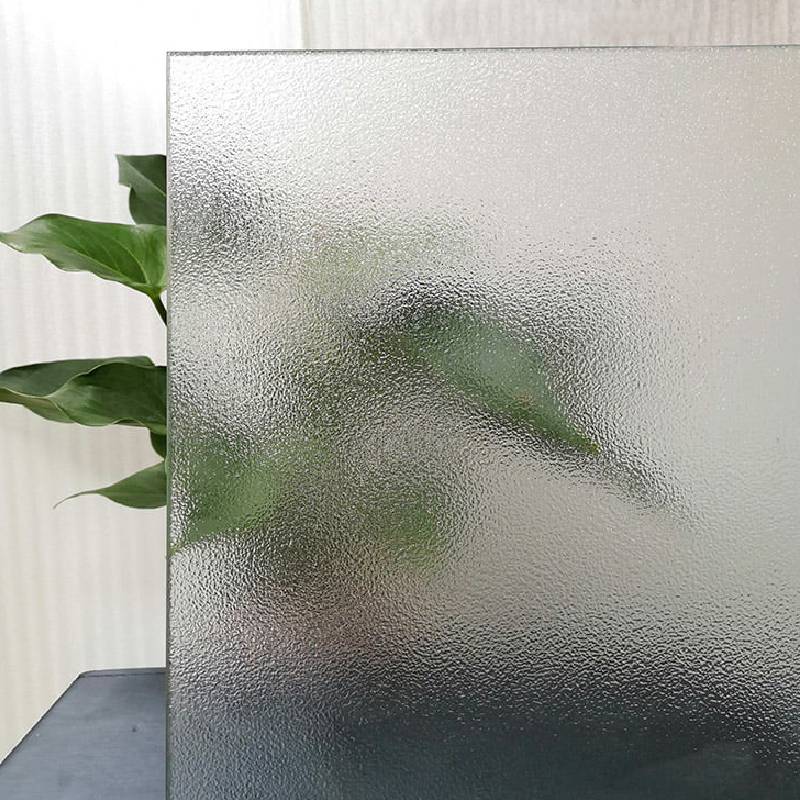Green Float Glass An Overview of Its Properties, Production, and Applications
Green float glass is a popular type of glass widely utilized in various sectors, including architecture, automotive, and interior design. Characterized by its distinctive green tint, which arises from the iron content in the raw materials, this glass is not only aesthetically pleasing but also possesses significant functional properties. In this article, we will explore the manufacturing process, properties, and applications of green float glass, alongside its environmental advantages.
The Manufacturing Process
The production of green float glass begins with the careful selection of raw materials. The primary ingredients include silica sand, soda ash, and limestone, along with various other additives that can influence the glass’s final properties. The process is initiated in a glass melting furnace where these raw materials are heated to an extremely high temperature, typically around 1,700 degrees Celsius. This intense heat causes the raw materials to melt, forming a molten glass.
Once the glass has achieved a consistent molten state, it is poured onto a bath of molten tin, a technique known as the float glass process. The molten glass floats on the tin, allowing it to spread out evenly and form a flat, smooth surface. The unique qualities of the float glass process ensure that the final product has excellent optical clarity and uniform thickness. After this, the glass is slowly cooled in a controlled manner through an annealing lehr, which helps relieve internal stresses.
The final product is then cut into various sizes and shapes, ready to be processed further or delivered directly to manufacturers. The green tint inherent in float glass not only enhances its visual appeal but also acts as a natural filter, providing some UV protection while reducing glare.
Properties of Green Float Glass
Green float glass is known for its impressive physical and aesthetic properties. Its high clarity and transparency make it ideal for applications where visibility and light transmission are crucial. Furthermore, it possesses excellent mechanical strength and durability, making it resistant to impacts and scratches.
green float glass
One of the standout features of green float glass is its thermal performance. It offers good insulation properties, which can contribute to energy efficiency in buildings, helping to keep interiors cooler in summer and warmer in winter. Its inherent green color can also help manage solar heat gain and reduce reliance on artificial lighting, further enhancing its energy-efficient credentials.
Applications
The versatility of green float glass allows it to be employed in a myriad of applications. One of the most common uses is in the construction industry, where it is used for windows, facades, and curtain walls in both residential and commercial buildings. The glass not only contributes to the aesthetic aspect of architecture but also plays a crucial role in improving the building's energy efficiency.
In addition to architecture, green float glass finds applications in the automotive industry. It is used for windshields and windows due to its clarity and high strength, contributing to vehicle safety while enhancing design features.
Interior design also benefits from green float glass, which is often used in furniture such as tabletops, partitions, and decorative elements. Its modern, sleek appearance can elevate the ambiance of a space, making it a preferred choice among designers and homeowners alike.
Environmental Considerations
In recent years, the demand for sustainable materials has increased, and green float glass has risen to the challenge. Its production process can incorporate recycled glass, reducing the need for virgin raw materials and minimizing environmental impact. Additionally, as a long-lasting material, it contributes to the sustainability of buildings when incorporated into architecture.
In conclusion, green float glass is a multifaceted material that excels in both functionality and aesthetics. From its innovative manufacturing process to its wide-ranging applications, this glass type enhances a variety of products and environments. As industries continue to prioritize sustainability, green float glass stands out as an excellent choice, aligning with modern eco-conscious practices while delivering superior performance and beauty.
 Afrikaans
Afrikaans  Albanian
Albanian  Amharic
Amharic  Arabic
Arabic  Armenian
Armenian  Azerbaijani
Azerbaijani  Basque
Basque  Belarusian
Belarusian  Bengali
Bengali  Bosnian
Bosnian  Bulgarian
Bulgarian  Catalan
Catalan  Cebuano
Cebuano  Corsican
Corsican  Croatian
Croatian  Czech
Czech  Danish
Danish  Dutch
Dutch  English
English  Esperanto
Esperanto  Estonian
Estonian  Finnish
Finnish  French
French  Frisian
Frisian  Galician
Galician  Georgian
Georgian  German
German  Greek
Greek  Gujarati
Gujarati  Haitian Creole
Haitian Creole  hausa
hausa  hawaiian
hawaiian  Hebrew
Hebrew  Hindi
Hindi  Miao
Miao  Hungarian
Hungarian  Icelandic
Icelandic  igbo
igbo  Indonesian
Indonesian  irish
irish  Italian
Italian  Japanese
Japanese  Javanese
Javanese  Kannada
Kannada  kazakh
kazakh  Khmer
Khmer  Rwandese
Rwandese  Korean
Korean  Kurdish
Kurdish  Kyrgyz
Kyrgyz  Lao
Lao  Latin
Latin  Latvian
Latvian  Lithuanian
Lithuanian  Luxembourgish
Luxembourgish  Macedonian
Macedonian  Malgashi
Malgashi  Malay
Malay  Malayalam
Malayalam  Maltese
Maltese  Maori
Maori  Marathi
Marathi  Mongolian
Mongolian  Myanmar
Myanmar  Nepali
Nepali  Norwegian
Norwegian  Norwegian
Norwegian  Occitan
Occitan  Pashto
Pashto  Persian
Persian  Polish
Polish  Portuguese
Portuguese  Punjabi
Punjabi  Romanian
Romanian  Russian
Russian  Samoan
Samoan  Scottish Gaelic
Scottish Gaelic  Serbian
Serbian  Sesotho
Sesotho  Shona
Shona  Sindhi
Sindhi  Sinhala
Sinhala  Slovak
Slovak  Slovenian
Slovenian  Somali
Somali  Spanish
Spanish  Sundanese
Sundanese  Swahili
Swahili  Swedish
Swedish  Tagalog
Tagalog  Tajik
Tajik  Tamil
Tamil  Tatar
Tatar  Telugu
Telugu  Thai
Thai  Turkish
Turkish  Turkmen
Turkmen  Ukrainian
Ukrainian  Urdu
Urdu  Uighur
Uighur  Uzbek
Uzbek  Vietnamese
Vietnamese  Welsh
Welsh  Bantu
Bantu  Yiddish
Yiddish  Yoruba
Yoruba  Zulu
Zulu 

